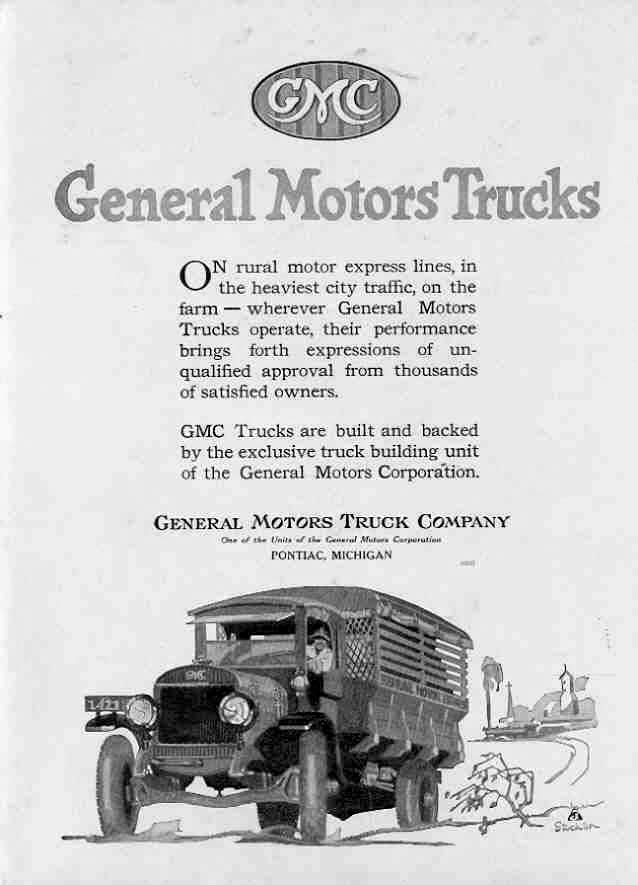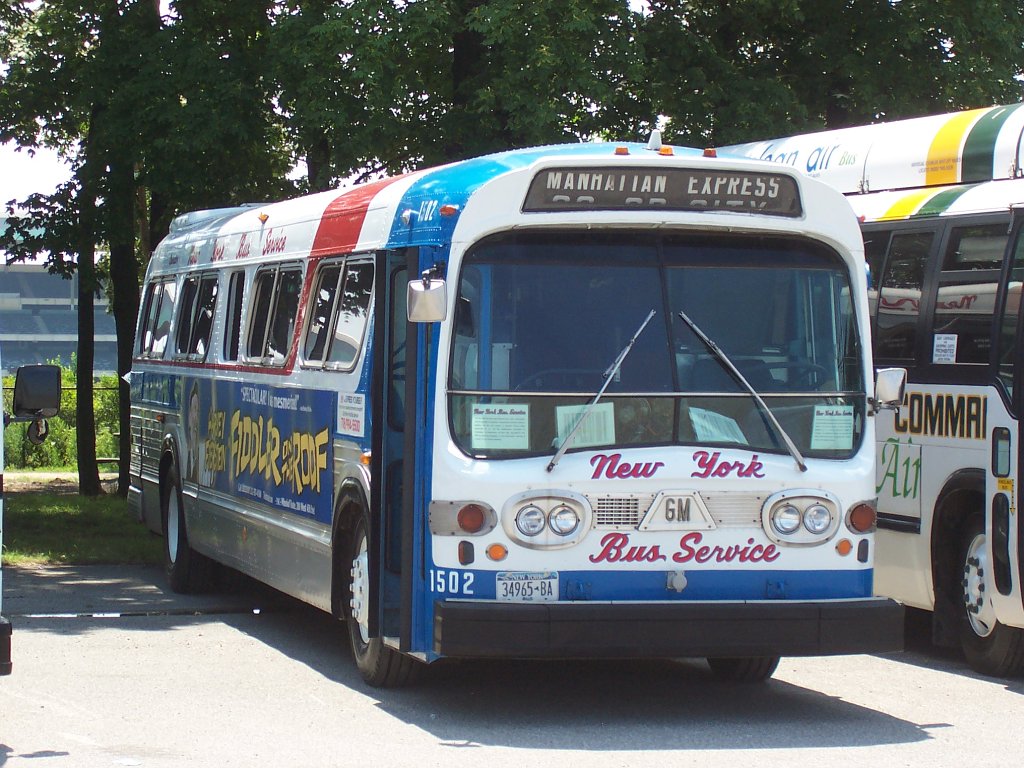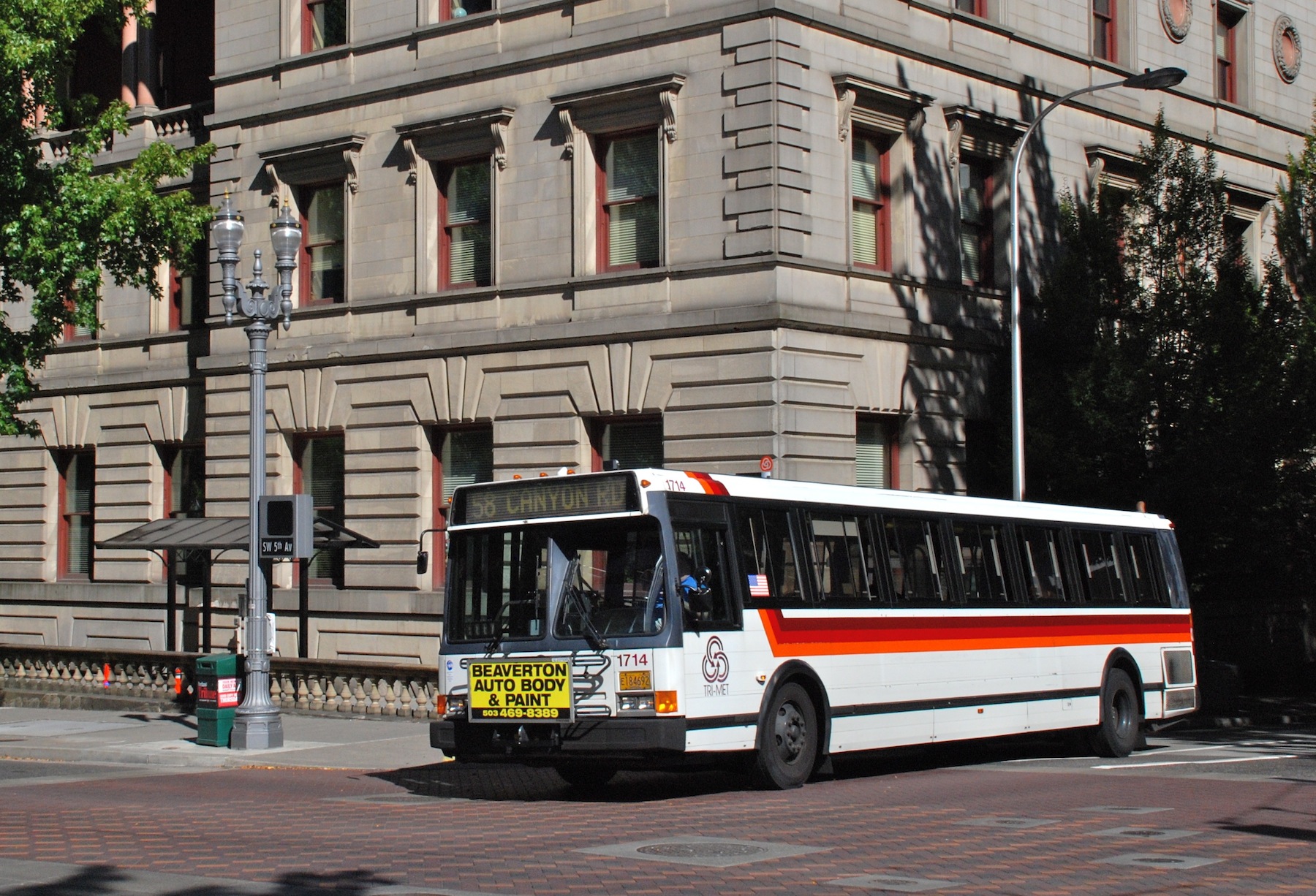|
Las Vegas Transit
Las Vegas Transit, also known as Las Vegas Transit System (LVTS), was a former operator of a small private bus system in Las Vegas, Nevada, United States. History Overview The Vegas Transit Company (VTC) started public transportation operations in Las Vegas on August 20, 1942 with three routes and six buses by 1943. The Tanner family (as Tanner Motor Tours of Nevada) acquired VTC, then sold the franchise in 1965 to Henry Burroughs, who rebranded it as the Las Vegas Transit System (LVTS). Both LVTS and Gray Line Tours of Southern Nevada (GLT) were owned by First Gray Line West of Los Angeles, California. LVTS and GLT operated out of the same yard, on Industrial Rd near Charleston Blvd. Due to its lucrative Strip route, LVTS made significant profits for its owners. LVTS operated between 1965 and approximately 1993. They were bought out by the Regional Transportation Commission of Southern Nevada (RTCSNV) in early 1993 for $900,000. RTCSNV inaugurated its Citizens Area Transit servi ... [...More Info...] [...Related Items...] OR: [Wikipedia] [Google] [Baidu] |
Las Vegas, Nevada
Las Vegas (; Spanish for "The Meadows"), often known simply as Vegas, is the 25th-most populous city in the United States, the most populous city in the state of Nevada, and the county seat of Clark County. The city anchors the Las Vegas Valley metropolitan area and is the largest city within the greater Mojave Desert. Las Vegas is an internationally renowned major resort city, known primarily for its gambling, shopping, fine dining, entertainment, and nightlife. The Las Vegas Valley as a whole serves as the leading financial, commercial, and cultural center for Nevada. The city bills itself as The Entertainment Capital of the World, and is famous for its luxurious and extremely large casino-hotels together with their associated activities. It is a top three destination in the United States for business conventions and a global leader in the hospitality industry, claiming more AAA Five Diamond hotels than any other city in the world. Today, Las Vegas annually ranks ... [...More Info...] [...Related Items...] OR: [Wikipedia] [Google] [Baidu] |
Hacienda (resort)
The Hacienda was a hotel and casino on the Las Vegas Strip in Paradise, Nevada, that operated from 1956 to 1996. It was opened by Warren Bayley, who owned other Hacienda properties in California as well. Bayley opened the hotel portion in June 1956, although the opening of the casino was delayed as the Nevada Gaming Control Board objected to his choice of casino manager, Jake Kozloff. The casino portion eventually opened on October 17, 1956. The $6 million property had 266 rooms and the largest pool on the Las Vegas Strip. Like its sister properties in California, the resort included a neon sign that depicted a cowboy riding a palomino horse. The Hacienda was built at the south end of the Strip, making it the first resort to be seen by tourists driving up from California. The Hacienda was located by itself at the time, a distance away from other resorts. Because of its location, most guests did not bother to visit the other resorts. The Hacienda was the first Las Vegas resort to ... [...More Info...] [...Related Items...] OR: [Wikipedia] [Google] [Baidu] |
GMC (automobile)
GMC (formerly the General Motors Truck Company (1911–1943), or the GMC Truck & Coach Division (1943–1998)) is a division of the American automobile manufacturer General Motors (GM) that primarily focuses on trucks and utility vehicles. GMC currently makes SUVs, pickup trucks, vans, and light-duty trucks. In the past, GMC also produced fire trucks, ambulances, heavy-duty trucks, military vehicles, motorhomes, transit buses, and medium duty trucks. While many of their vehicles are mechanically similar, GMC is positioned as a premium offering to the mainstream Chevrolet brand, and includes luxury trims Denali and Hummer EV. In North America, GMC vehicles are almost always sold alongside Buick (another premium brand) vehicles at multi-brand dealerships. History Roots to the GMC brand can be traced to 1900, when the "Grabowsky Motor Company" was established by brothers Max (1874-1946) and Morris Grabowsky, in Detroit, and renamed Rapid Motor Vehicle Company in 1902 when ... [...More Info...] [...Related Items...] OR: [Wikipedia] [Google] [Baidu] |
CAT TMC RTS
The cat (''Felis catus'') is a domestic species of small carnivorous mammal. It is the only domesticated species in the family Felidae and is commonly referred to as the domestic cat or house cat to distinguish it from the wild members of the family. Cats are commonly kept as house pets but can also be farm cats or feral cats; the feral cat ranges freely and avoids human contact. Domestic cats are valued by humans for companionship and their ability to kill rodents. About 60 cat breeds are recognized by various cat registries. The cat is similar in anatomy to the other felid species: they have a strong flexible body, quick reflexes, sharp teeth, and retractable claws adapted to killing small prey. Their night vision and sense of smell are well developed. Cat communication includes vocalizations like meowing, purring, trilling, hissing, growling, and grunting as well as cat-specific body language. Although the cat is a social species, they are a solitary hunter ... [...More Info...] [...Related Items...] OR: [Wikipedia] [Google] [Baidu] |
Transportation Manufacturing Corporation
Transportation Manufacturing Corporation (TMC) was a bus manufacturer based in Roswell, New Mexico. The company was formed in 1974 by Greyhound Bus Lines to manufacture Motor Coach Industries vehicles. In 1987, General Motors decided to close its bus division and sold the manufacturing rights of the Rapid Transit Series (RTS) bus and the Classic to Greyhound subsidiary, Motor Coach Industries. RTS production would move to the TMC plant in Roswell, New Mexico, while the Classic bus production would remain in the former GM bus plant in Saint-Eustache, Quebec. Motor Coach Industries sold its Classic and RTS bus license to Nova Bus in 1993. In 1990, TMC began development of an enclosed automobile-transport semitrailer. This trailer used small-diameter wheels to maximize interior space, and robotic arms to lift the automobiles and position them closely together in the trailer body. The trailer lacked the traditional ramps and racks: automobiles were fitted with pins strapped to t ... [...More Info...] [...Related Items...] OR: [Wikipedia] [Google] [Baidu] |
GM New Look
The GM New Look bus is a municipal transit bus that was introduced in 1959 by the Truck and Coach Division of General Motors to replace the company's previous coach, retroactively known as the GM "old-look" transit bus. Also commonly known by the nickname "Fishbowl" (for its original six-piece rounded windshield, later replaced by a two-piece curved pane), it was produced until 1977 in the US, and until 1985 in Canada.Stauss (1988), p. 30. More than 44,000 New Look buses were built. Its high production figures and long service career made it an iconic North American transit bus. The design is listed as by Roland E. Gegoux and William P. Strong. Production overview 44,484 New Look buses were built over the production lifespan, of which 33,413 were built in the U.S. and 11,071 were built in Canada ( GM Diesel Division). Separated by general type, the production figures comprised 510 city buses (all U.S.-built); 9,355 city buses (7,804 U.S.-built, 1,551 Canadian); 31,348 ... [...More Info...] [...Related Items...] OR: [Wikipedia] [Google] [Baidu] |
Motor Coach Industries
Motor Coach Industries (MCI) is a North American multinational bus manufacturer, specializing in production of motorcoaches. Best known for coaches produced for intercity transit and commuter buses, MCI produces coaches for a variety of applications, ranging from tour buses to prison buses. Currently, MCI is headquartered in Des Plaines, Illinois. Since 2015, it has been a subsidiary of Canadian bus manufacturer NFI Group, the parent company of New Flyer Industries. History The company was incorporated in 1933 by Harry Zoltok as Fort Garry Motor Body and Paint Works Limited, in Winnipeg, Manitoba, Canada.History of Motor Coach Industries . Mcicoach.com. Retrieved on October 17, 2011. In 1948, |
New Flyer High Floor
The New Flyer High Floor was a line of conventional (high-floor) transit buses available in 35' rigid, 40' rigid, and 60' articulated lengths manufactured by New Flyer Industries between 1987 and 1996. The buses were powered by conventional diesel or natural gas engines using either V-drive or T-drive transmission couplings, with the exception of an articulated electric trolleybus variant manufactured for a single customer, the San Francisco Municipal Railway. The New Flyer Low Floor, a low-floor bus with a similar external appearance, was introduced in 1991 and proved to be more popular than the High Floor, which was discontinued in 1996 in diesel form. CNG high-floor buses continued to be built until 1999, and the articulated version was manufactured until early 2006. Design For example, a New Flyer D40HF is a 40' (nominal) rigid high-floor bus with conventional diesel power. The "HF" suffix was added starting in the early 1990s to distinguish the earlier High Floor buses ... [...More Info...] [...Related Items...] OR: [Wikipedia] [Google] [Baidu] |
New Flyer Industries
New Flyer is a Canadian multinational bus manufacturer, specializing in the production of transit buses. New Flyer is owned by the NFI Group, a holding company for several bus manufacturers. New Flyer has several manufacturing facilities in Canada and the United States that produce the company's main product, the New Flyer Xcelsior family of buses. History New Flyer was founded by John Coval in 1930 as the Western Auto and Truck Body Works Ltd in Manitoba. The company began producing buses in 1937, selling their first full buses to Grey Goose Bus Lines in 1937, before releasing their Western Flyer bus model in 1941, prompting the company to change its name to Western Flyer Coach in 1948. In the 1960s, the company further focused on the urban transit bus market. In 1971, the then-financially struggling Western Flyer was sold to the Manitoba Development Corporation, an agency of the government of Manitoba, and renamed Flyer Industries Limited.Stauss, Ed (1988). ''The Bus World ... [...More Info...] [...Related Items...] OR: [Wikipedia] [Google] [Baidu] |
Flxible Metro
The Flxible Metro is a transit bus that was assembled and manufactured by the Flxible Corporation from 1983 until 1995. From 1978 until early-1983, when Flxible was owned by Grumman, the model was known as the Grumman 870, with a Grumman nameplate. The earlier model 870 experienced a large number of major design defects and deficiencies, some of which led to the filing of lawsuits against the company by purchasers, and the successor "Metro" model addressed those defective design issues. Over the combined 17-year production history, a total of 14,456 were built, of which 4,642 were model 870 and 9,814 were Metros. History Under the ownership of Rohr Industries since 1970, while their very popular Flxible New Look was still in production, Rohr began development of what would become the ''Grumman 870 Advanced Design Bus''. The Grumman 870 bus was one of two advanced-design buses (the other being the Rapid Transit Series (RTS II) developed by rival General Motors and later taken ... [...More Info...] [...Related Items...] OR: [Wikipedia] [Google] [Baidu] |









.jpg)
